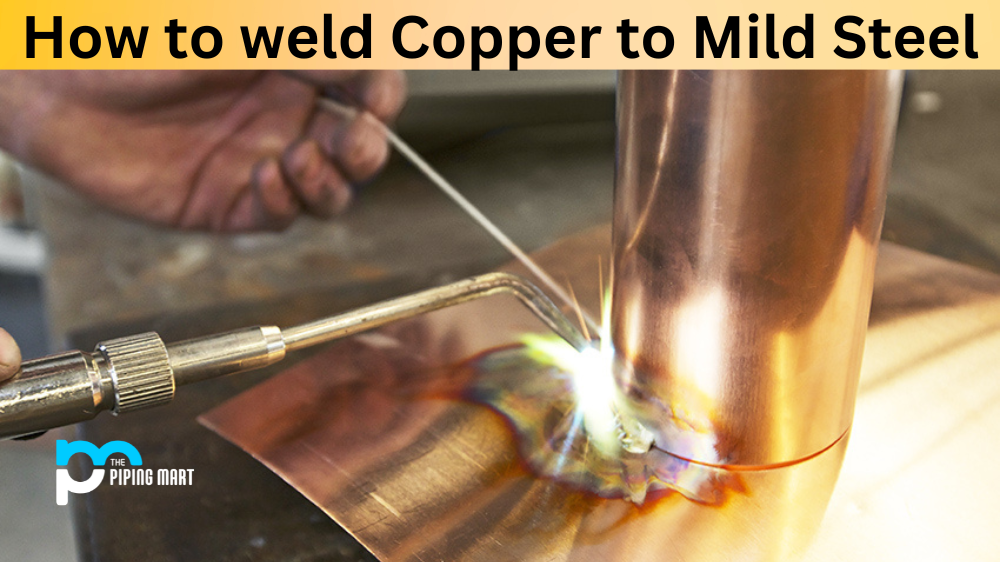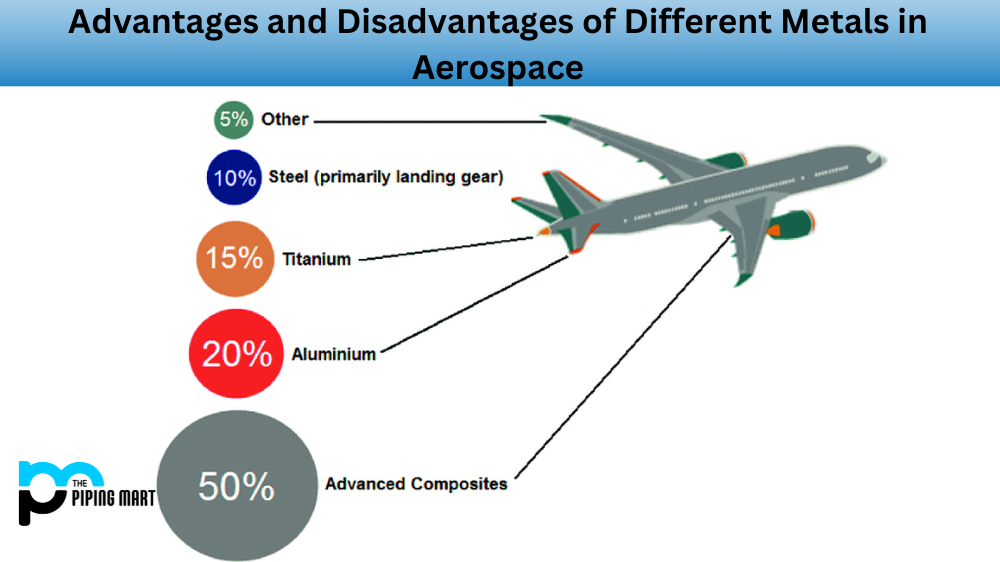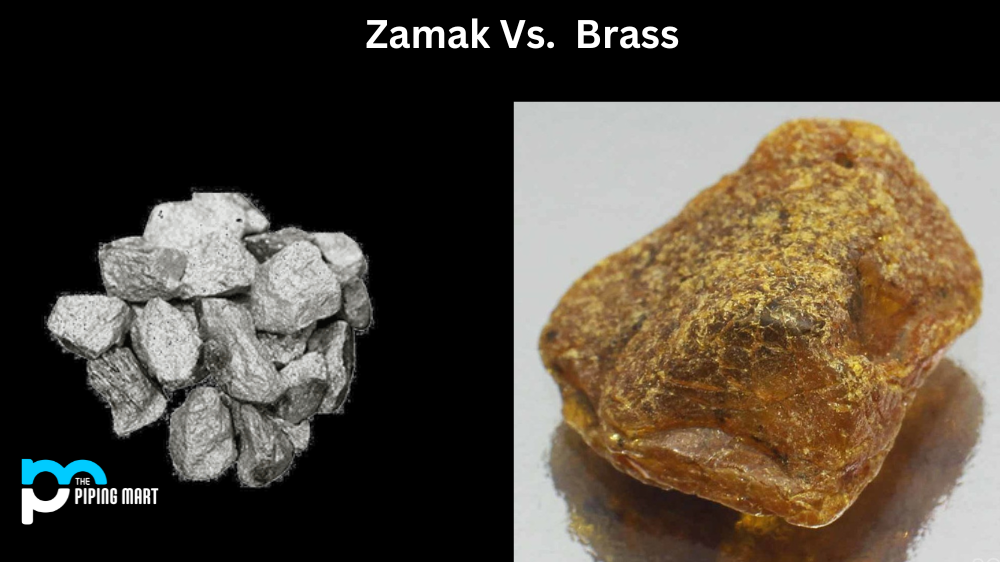Aluminum alloys are used in various industrial applications, from automotive parts to aerospace components. Two of the most common aluminum alloys are 6060 and 6063, both of which have their own unique properties that make them ideal for different uses. Let’s compare these two alloys and break down the differences between them.
Difference Between Aluminum Alloy 6060 and 6063
Aluminum alloy 6060
Aluminum alloy 6060 is one of the most commonly used grades of aluminum. It is a heat-treatable alloy with good formability, weldability, and corrosion resistance. It is also lightweight and relatively strong compared to other materials, making it an ideal choice for many industrial applications. This alloy is often used in structural framing systems, window extrusions, door frames, furniture components, and more.
Aluminum alloy 6063
Aluminum alloy 6063 is another popular grade of aluminum with similar qualities to alloy 6060 but is better suited for certain applications due to its higher strength-to-weight ratio than other grades of aluminum. This makes it a great choice for applications such as architectural components (windows frames, door frames), appliances (refrigerators), automotive parts (cylinder heads), and more. Additionally, this alloy has excellent corrosion resistance and good electrical conductivity, making it suitable for electronic components.
Both alloys offer excellent machinability, but alloy 6063 offers superior weldability than alloy 6060 due to its higher magnesium content which helps reduce hot cracking during welding operations. Additionally, alloy 6063 provides better surface finish quality than alloy 6060 due to its higher zinc content which helps increase flexibility during forming operations such as bending or stretching.
Aluminum 6060 vs 6063 Alloys
The two most common aluminum alloys are 6060 and 6063. Both of these alloys are widely used in a variety of industries, but there are some key differences between them that should be taken into account when choosing which alloy to use for a particular application.
Composition
The most notable difference between 6060 and 6063 aluminum is their composition. 6060 aluminum is composed of 97.9% aluminum, 2.0% magnesium, and 0.1% silicon, while 6063 aluminum is composed of 97.0% aluminum, 1.0% magnesium, 0.6% silicon, and 0.4% iron. The different composition of these alloys results in some key physical and mechanical differences between them.
Physical Properties
One of the most important physical properties of aluminum is its density. 6060 aluminum has a density of 2.70 g/cm3, while 6063 aluminum has a density of 2.63 g/cm3. This difference in density can be attributed to the different compositions of the two alloys; 6060 aluminum contains more magnesium, which increases its density. The different densities of these alloys can be significant in applications where weight is a critical factor, such as in aerospace engineering.
Mechanical Properties
The mechanical properties of an alloy are also affected by its composition. In general, alloys with higher magnesium content tend to be stronger and more ductile than those with lower magnesium content. As a result, 6060 aluminum is stronger and more ductile than 6063 aluminum. The increased strength and ductility of 6060 aluminum make it the better choice for applications that require high levels of strength or ductility, such as in structural applications or piping systems
Conclusion:
When choosing between aluminum alloys like 6060 or 6063, you should consider some major differences before making your decision. Alloy 6060 offers good formability and corrosion resistance while being lightweight and relatively strong compared to other materials making it an ideal choice for many industrial applications such as structural framing systems and window extrusions, among others. On the other hand, alloy 6063 may be better suited for certain projects due to its higher strength-to-weight ratio compared to other grades of aluminum which makes it great for architectural components or automotive parts, among others, while also offering excellent corrosion resistance and good electrical conductivity making it suitable for electronic components as well. Ultimately the best choice will depend on your specific application, so research both options thoroughly before deciding on your material!

Pipingmart is B2B portal specializes in industrial, metal and piping products. Also, share latest information and news related to products, materials and different types grades to help business dealing in this industry.




